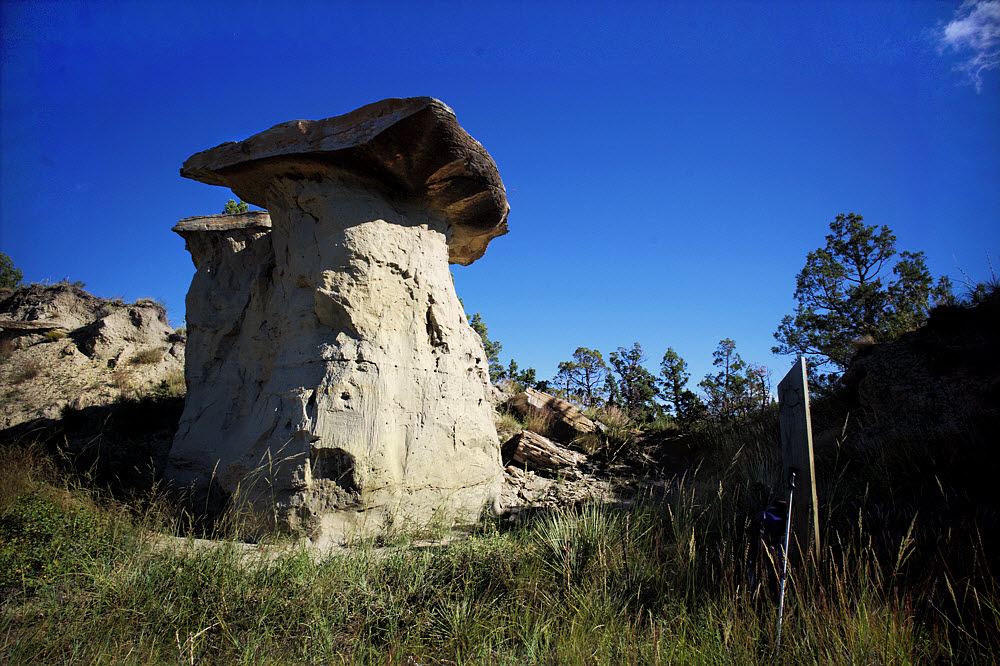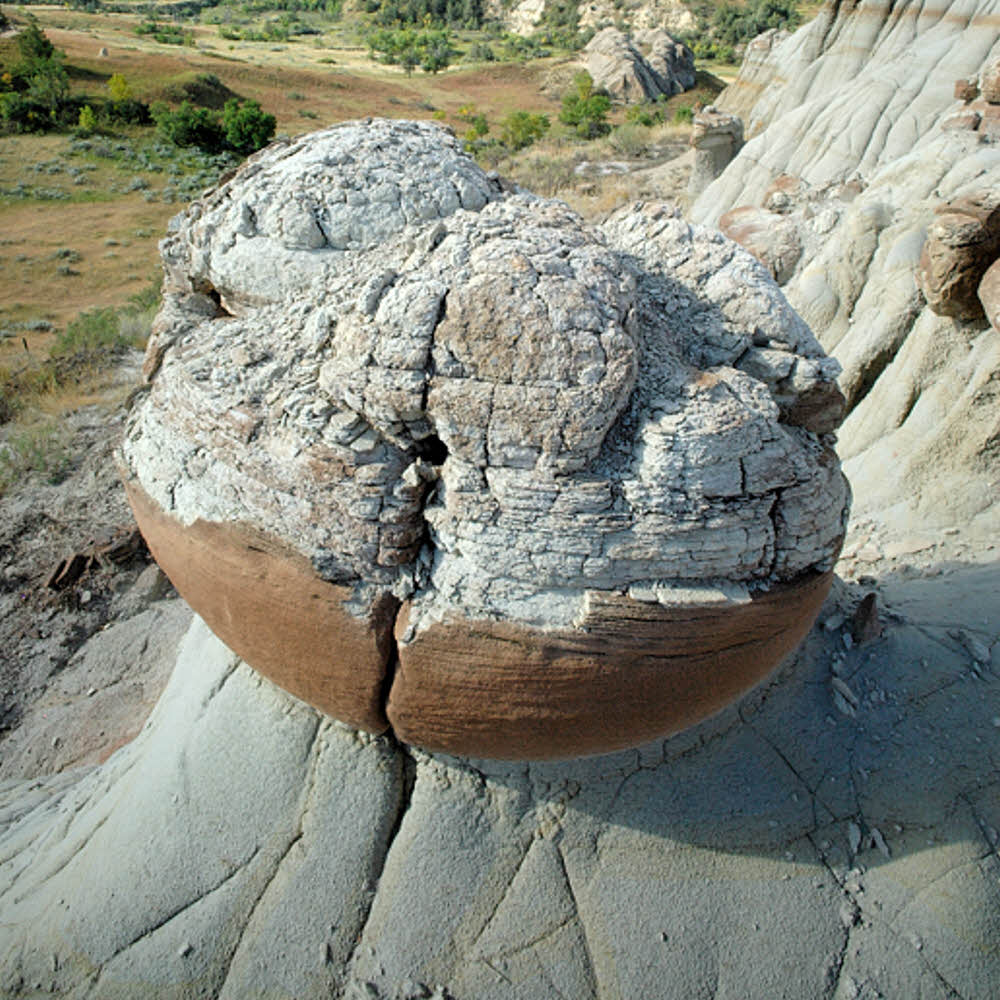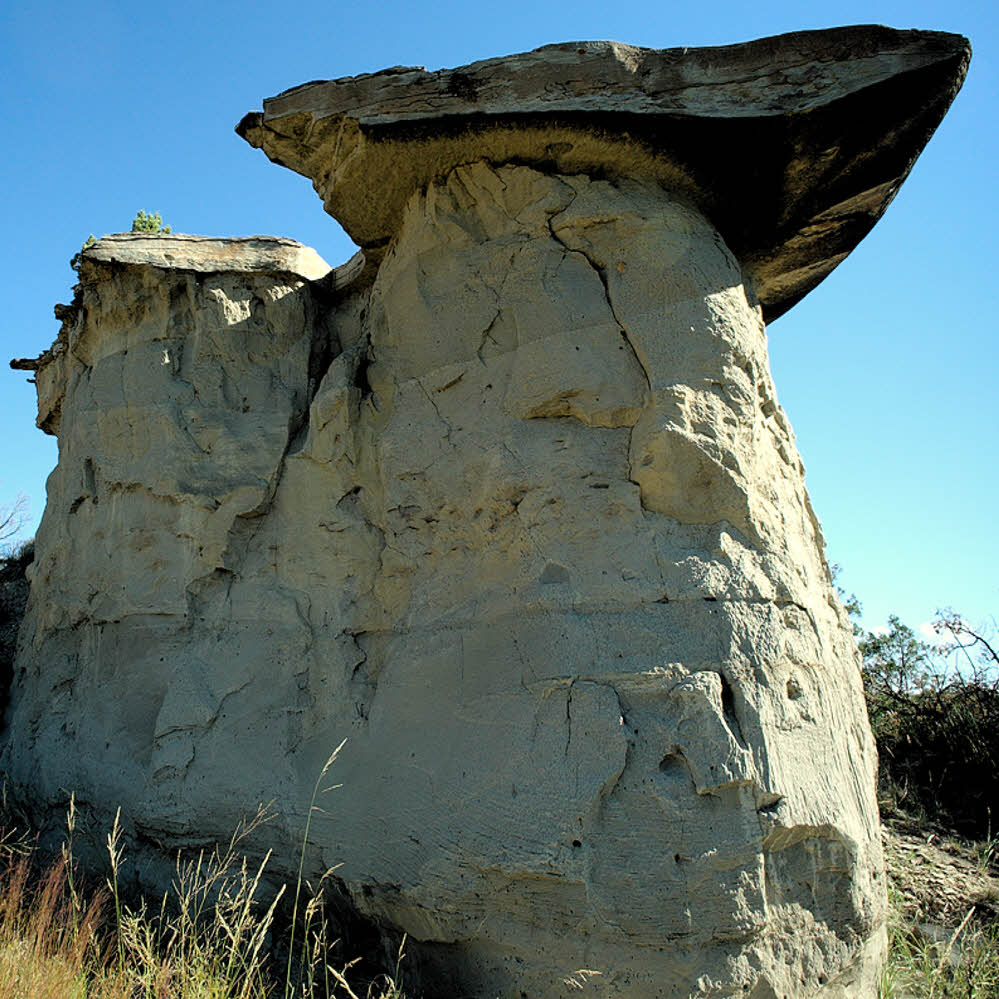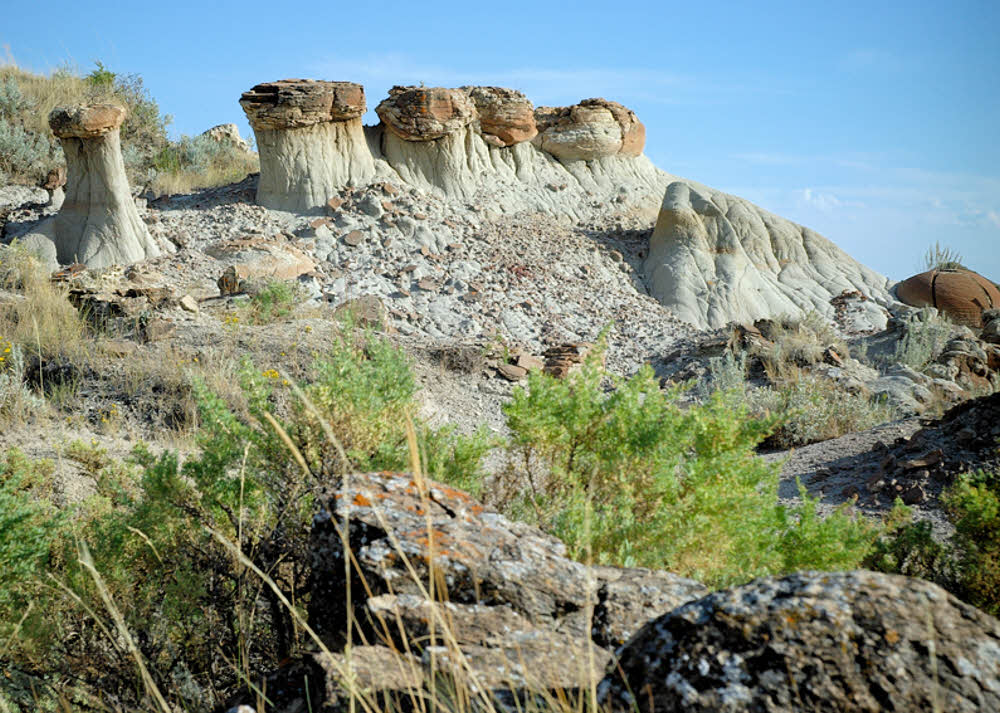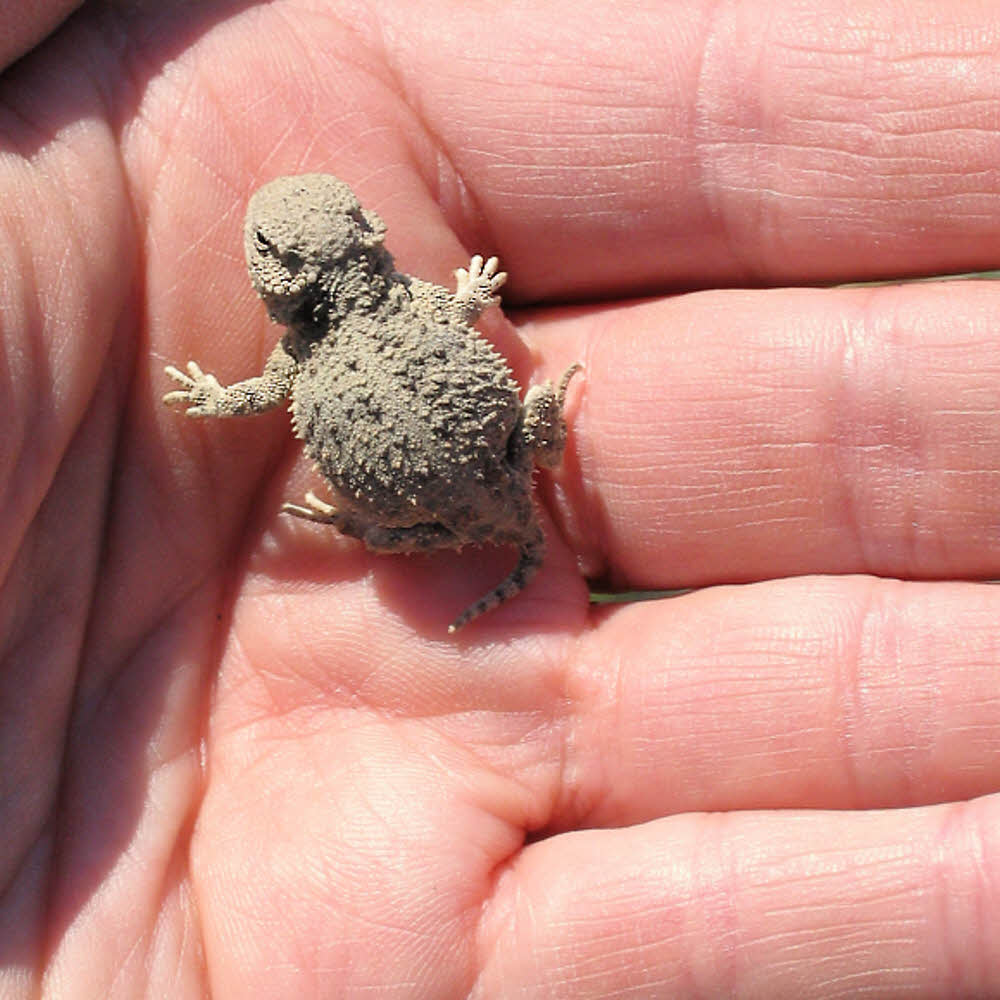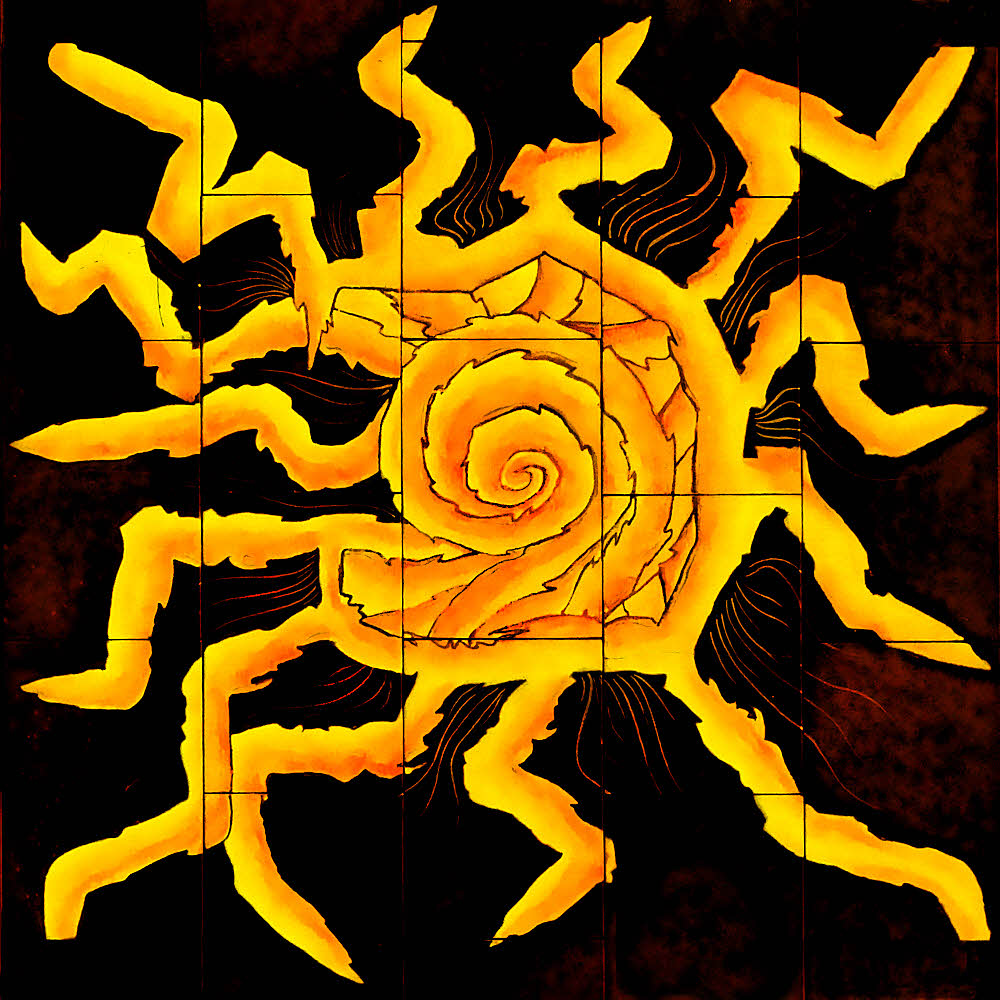
(1) Hiking from rock to rock without touching the ground in between.
Dangerous. Tricky. And small rocks don't count.
They should be too big to step over. Boulders. Got it?
(2) Somewhere in the deepest wilds of ancient, uncharted Scandinavia there was once a large stone. A very large stone.
There are many there still, the stones, and there are stones in other places as well. Stones are common, but this stone was not. This stone was completely different. This stone had a voice.
It used its voice to sing.
It sang not well as the short, evanescent lives of humans tend to judge these things, but you know what they say about talking dogs. Anyway, the stone sang.
People came from every farthest corner of the known world to wonder at this stone, as it sat centered in a small, vigorous stream. A stream that any man could throw his sword over (and some children as well), but yet too fiercely, aggressively vigorous to cross.
So there sat the stone. Solid. Unmoving. Endlessly singing to itself in one warbling roaring bass note.
The "Bullra Sten", the "Noisy Stone" it was named. So it was called. So they called it. And it sat for ages, just there, unmoving, in that one solitary place.
For ages. And ages untold.
And whenever a few gathered and drew near, or even one alone it seems, the stone sang directly to them, or to that one person, in its profound deep voice. It sang of the day and it sang of the night. Of the seasons, and of the snow, and of the rain. Of the light and of the darkness. Of eternity.
The stone sang of loneliness and of lost love and war and of the peace that follows death.
The stone sang to no one, but yet it sang to all — to itself, by itself, and all who came and heard the stone were certain that it sang for them alone, to them only.
And when these people returned to their homes, many returned not always buoyant, not always cheerful, not always smiling, not always feeling awash in sunshine and light, but reassured somehow. Always reassured that no matter their fate, no matter what the stone had told them, still it was ultimately for the best, and that all would be set right during the final tally at life's end.
Tales of the stone, the Bullra Sten, the Boulder Rock, the Singing Earthstone, the Fate-stone, the Divider of life and of death, these tales spread far and wide.
Many wished to visit the great stone but few could manage the difficult journey to such a remote location, or even could manage to learn where it lay. In any case the stone seemed to take notice of none. It did not care who came and who went, many or few, or when. The stone sat, through the ages, and only sang its song.
And then one day, one day seemingly like all the others, the stone was there no more. No one had seen it go. It had not rolled. It certainly had not walked. It was too massively great to have been carried off, and no one would have dared try.
But it was gone, and its voice as well was gone. The stone's massive throbbing voice filled the valley no longer, leaving a great empty void.
The voice of the stone was now silence itself, if there can be a sound emanating from a thing not there, and perhaps there can, for the silence itself became a great looming presence.
But people still came.
People came to the very same spot that they had always come to, and they stood, reverently, and gazed at the place in the stream's bed where the stone had sat. Where it had sat since before the forefathers of their forefathers or the mothers of their greatest great-grandmothers had walked the earth.
The people came, and stood in reverence, and it seems, at whiles, that some, the quietest and most reverent, could still make out the distant echoes of the stone's now silent song. So they honored the stone, even in its absence. They celebrated.
At midsummer, in the farthest reach of the coldest wasteland where once had stood the singing stone, a few gathered and celebrated even in the midst of their sadness for the missing stone.
And on the very peak of the arching forehead of a nearby stone, a stone almost - very nearly - a sibling of the original but yet some distance from the stream, they hung garlands of hops, and bathed that stone with flagons of ale, in worshipful memory of their lost singing stone. This then, this ceremony came to be called Boulder Hopping.
In recent years, boulder hopping has become a major party-time blowout and Trans-Euro televised sporting event.
Hot babes in bikinis, motocross races, championship soccer, and scores of food stands fill the valley for two crazy, fun-filled midsummer weeks every June. Get two of anything on a stick for the price of one, and any tattoo imaginable While-U-Wait. No problemo, come one come all. Bring cash.
Come early, stay late. Day and night, 24 hours without end. All partying all the time.
Toke up on local herbs and chill out in the neon green fiberglass pagoda (fully climate controlled) built exactly on the spot where the original Big Mutha Rock used to sit, and wait for word from the Other Side, thru your own ear buds. (And there's an app for that too. Great!)
Buy your admission by the day or get a two-week Full-On Full-Throat Event Pass and save big. BIG!
You won't live forever so Don't Miss It Again This Year!
Even bigger, even better than ever before!
More babes!
More food on more sticks!
More of everything!
Don't miss the greatest next, greatest ever EuroVent! You Will Not Regret It!
